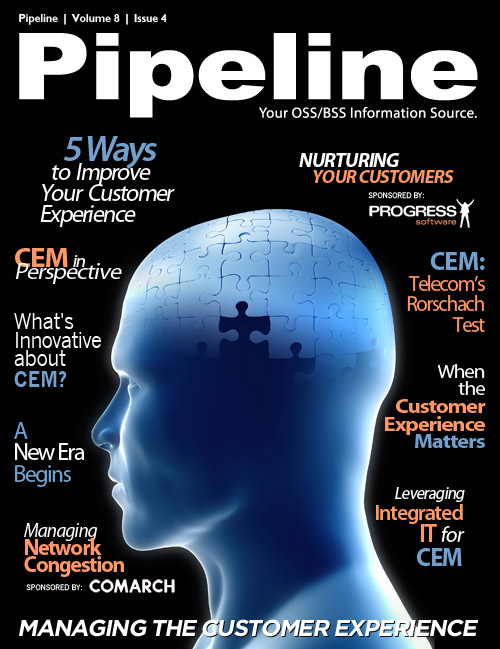Customer Impact and Customer Experience Management
Going even further, many business customers require very good service quality and high overall
experience. As they demand it to be proven by SLA, it is even more demanding for network
operations to make sure that any changes introduced to the network are in line with agreed quality
and availability. This means that a planner can only introduce a change where introduction is causing
service downtime, after verification with the SLA module of the Service Quality Management solution.
In this case, switching from standard coverage KPI’s to service quality KPI’s in network planning
completely changes the planning habits of network operators. The required solutions must be more
and more integrated in order to deliver much needed information to planners in a quick and efficient
manner. Rollout teams, reconfiguring the network, need access to such information as well.
The other case is managing and analyzing customers’ experience. In many cases so far, the customer
is still the source of information for potential problems. When one appears, an operator sends a team
for drive tests or network inspection. All of these costly actions are done in order to fix the problem,
which may no longer exist. Along with the implementation of a service quality engine, operators
receive a tool that can eliminate unnecessary costs. First of all, service problems can be spotted in an
automated, proactive way. This means that the customer calling and issuing a complaint can already
receive a message about the root cause of the problem and receive information on potential down
time. If the complaint is not identified within the SQM tool, these analysis actions are launched only
when a problem needs to be fixed and to identify the point, which lacks automated quality monitoring.
At the end of any reconfiguration, because a solution for caused trouble can be immediately verified
within a SQM solution, one can check if the problem is actually fixed.
Customer Service
Automated service quality management and automated network configuration is very much desired
by most operators. The key issue is to be able to model customer services and service components,
creating a link between the manageable resource world and customer world. Although there are
standards showing how to document and exchange information about services, there is no available
standards that shows how to model typical services. This means that each operator has to try to
picture the service model on its own. There are different approaches, from detailed model tracking of
all network elements, interfaces, IT nodes and applications, to more high-level models which just track
relevant information. I believe the second approach is better, because without significant investments
in detail modeling, operators can notice business benefits from the carried out work. In consequence, the existing models may be further detailed to cover more and more

(Click the diagram to view a larger image.)
Automated configuration management and service quality management solutions are key components on the road to manage increasing network and service traffic. As this trend will stay strong and customers will demand more and more capacity for their services, it is very important to keep the network cost under control. Automation and good control over service quality are one of the most important elements of cost management. Customer perceived experience can be an argument when offering a more expensive, but nonetheless higher, SLA conditions. Such an offering, especially aimed at a business customer, can be a solution to differentiate oneself on the current complex battlefield for a potential customer. Triggering transformation processes into the Next Generation OSS direction can, in fact, bring more benefits in new customer service offerings and additionally, help with existing cost pleasure. Service centric systems are the future, and the key component, of the NG OSS solution.
About Comarch:
Comarch is a global supplier of industry-standard compliant IT products and services for the telecommunication industry. One of the company's fundamental distinguishing features is its focus on the flexibility and configurability of its solutions, which are developed in-house and customized to suit the specific needs of its customers. Comarch solutions are business driven, and they are evolving based on customer demand. Since 1993, Comarch has accumulated a lot of experience and knowledge in the fields of designing, implementing, and integrating IT solutions. More information is available at: telecoms.comarch.com











